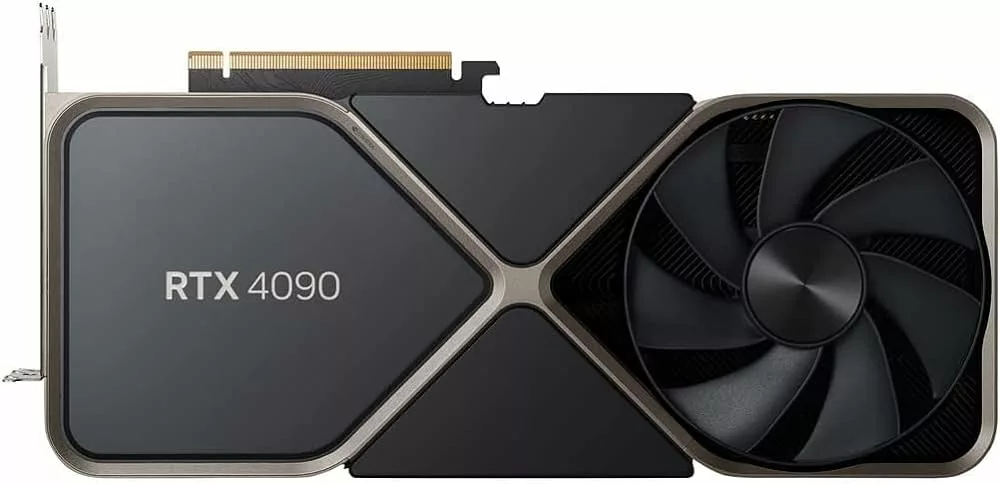In a strategic move to navigate U.S. export restrictions, Nvidia is set to release a special variant of its RTX 4090 graphics card, specifically designed for the Chinese market.
This development reflects the ongoing adjustments tech companies make to comply with international trade regulations while catering to significant consumer markets.
In response to the U.S. Department of Commerce’s October export restrictions, which impacted a range of Nvidia products including the popular GeForce RTX 4090, Nvidia has announced the release of the RTX 4090 D for Chinese consumers. This move is seen as a way to maintain a presence in the lucrative Chinese market, despite the constraints posed by export limitations.
The original RTX 4090, renowned for its high-performance capabilities, faced increased demand, price surges, and hoarding due to the export ban. The RTX 4090 D, however, will feature a modified AD102 GPU with slightly reduced peak compute performance, ensuring it meets the export criteria while still delivering impressive gaming performance.
The specific performance metrics of the RTX 4090 D are not yet clear, but it’s anticipated that the modifications will involve a reduction in the card’s shader cores and adjustments to its tensor core capabilities.
The restrictions revolve around two key metrics: Total Processing Performance (TPP) and Performance Density (TD), with TPP being particularly critical for determining export eligibility.
For the RTX 4090 D to comply, it would need to significantly lower its TPP, especially concerning tensor operations. This could potentially affect features like DLSS (Deep Learning Super Sampling), which relies on tensor cores for AI-enhanced image processing.
While the exact tensor routines and driver modifications for the RTX 4090 D remain speculative, it is evident that Nvidia would need to ensure the card’s peak tensor mode is limited to align with the export restrictions. This careful balancing act demonstrates Nvidia’s commitment to providing powerful GPU options to its Chinese customers, even under stringent regulatory conditions.
